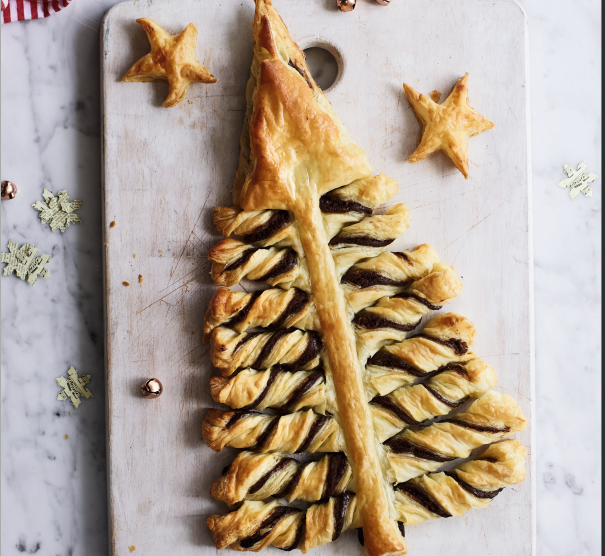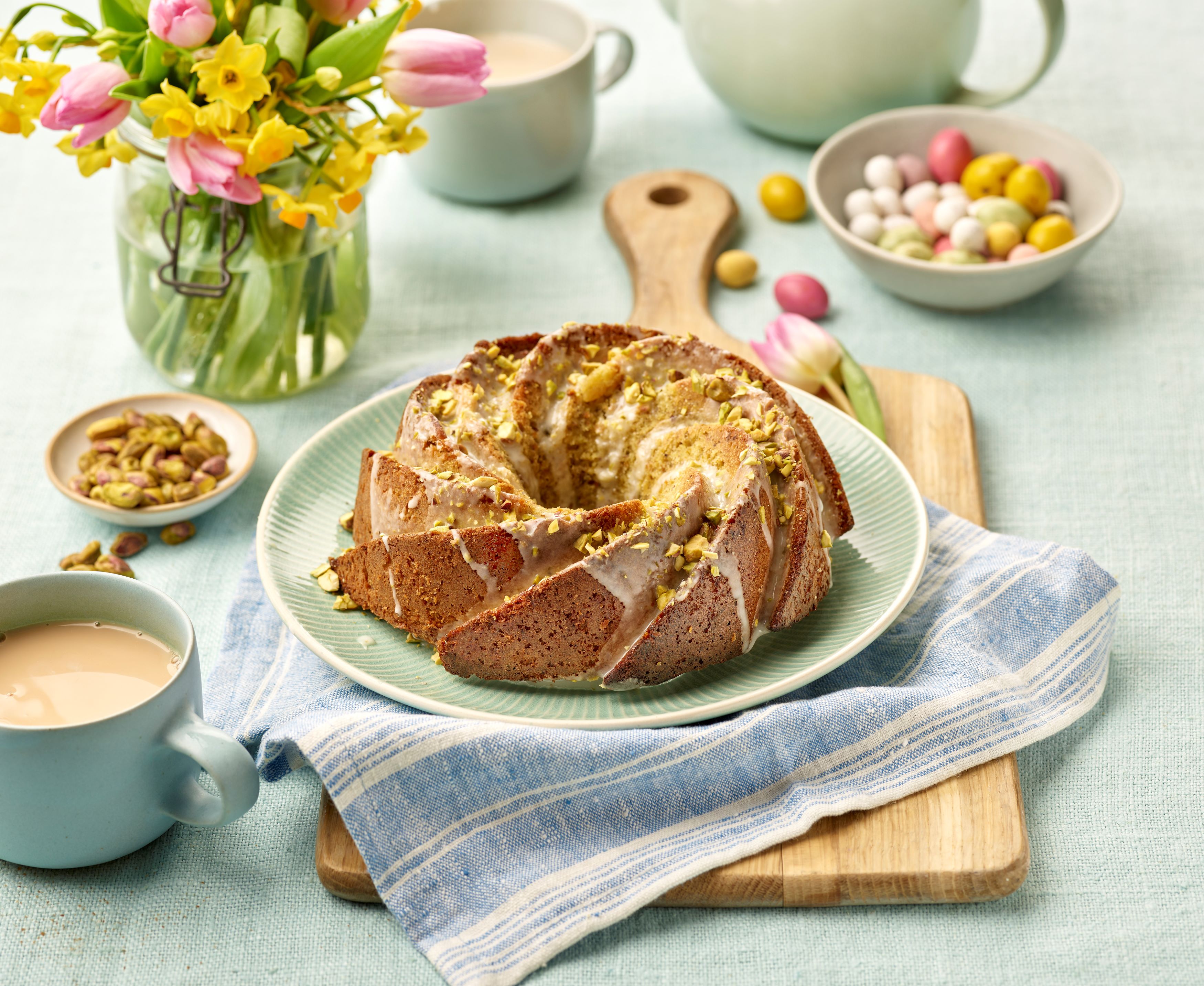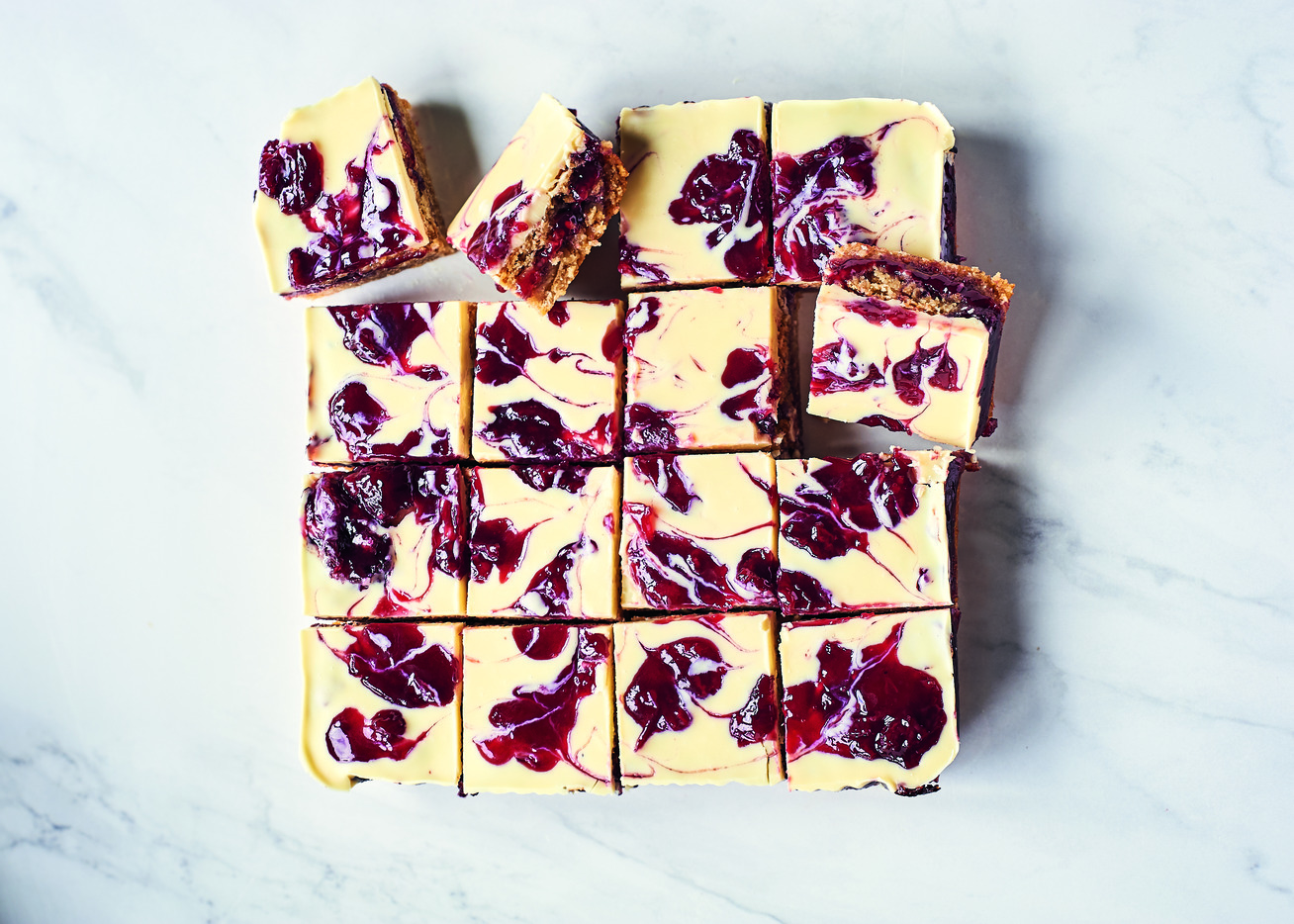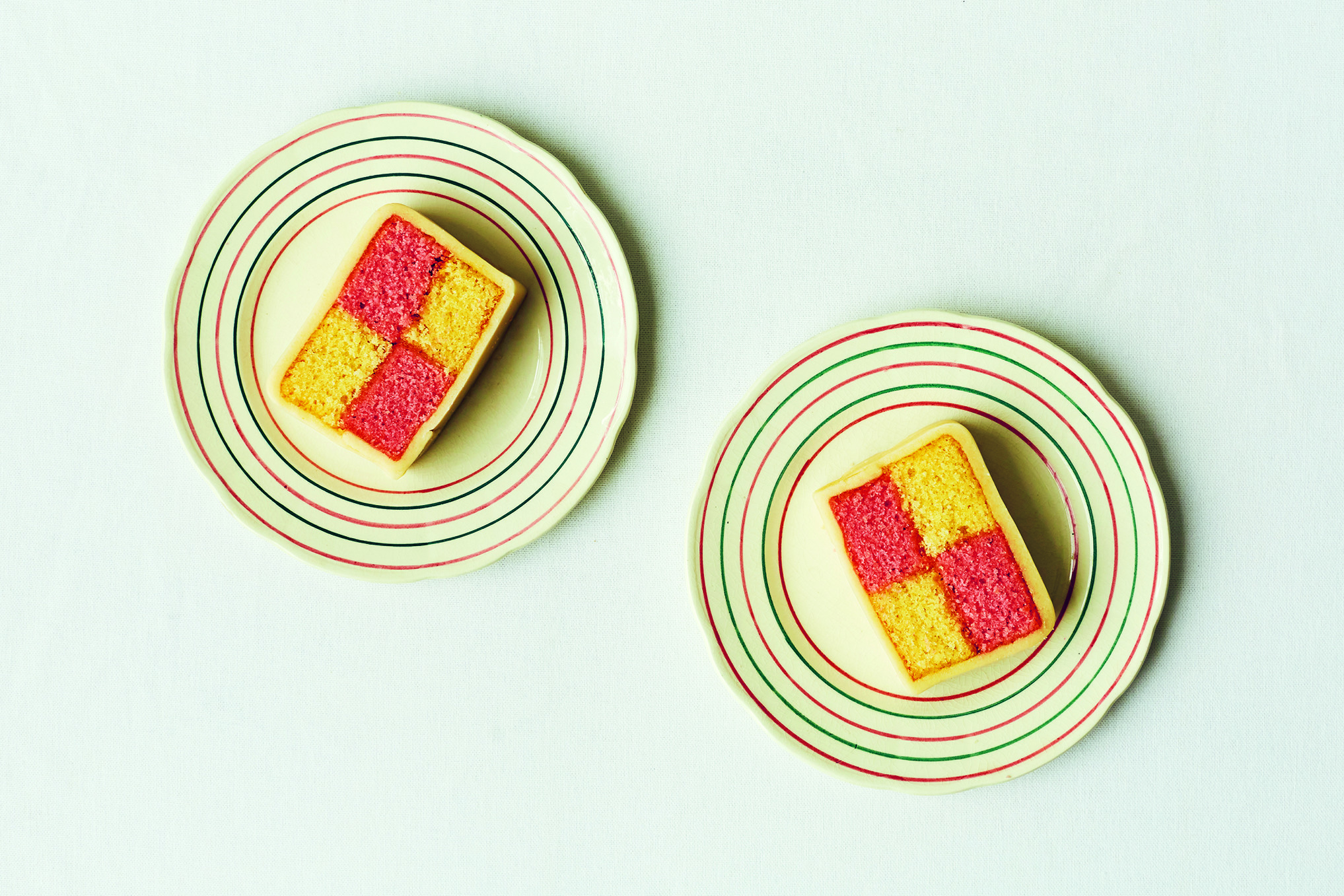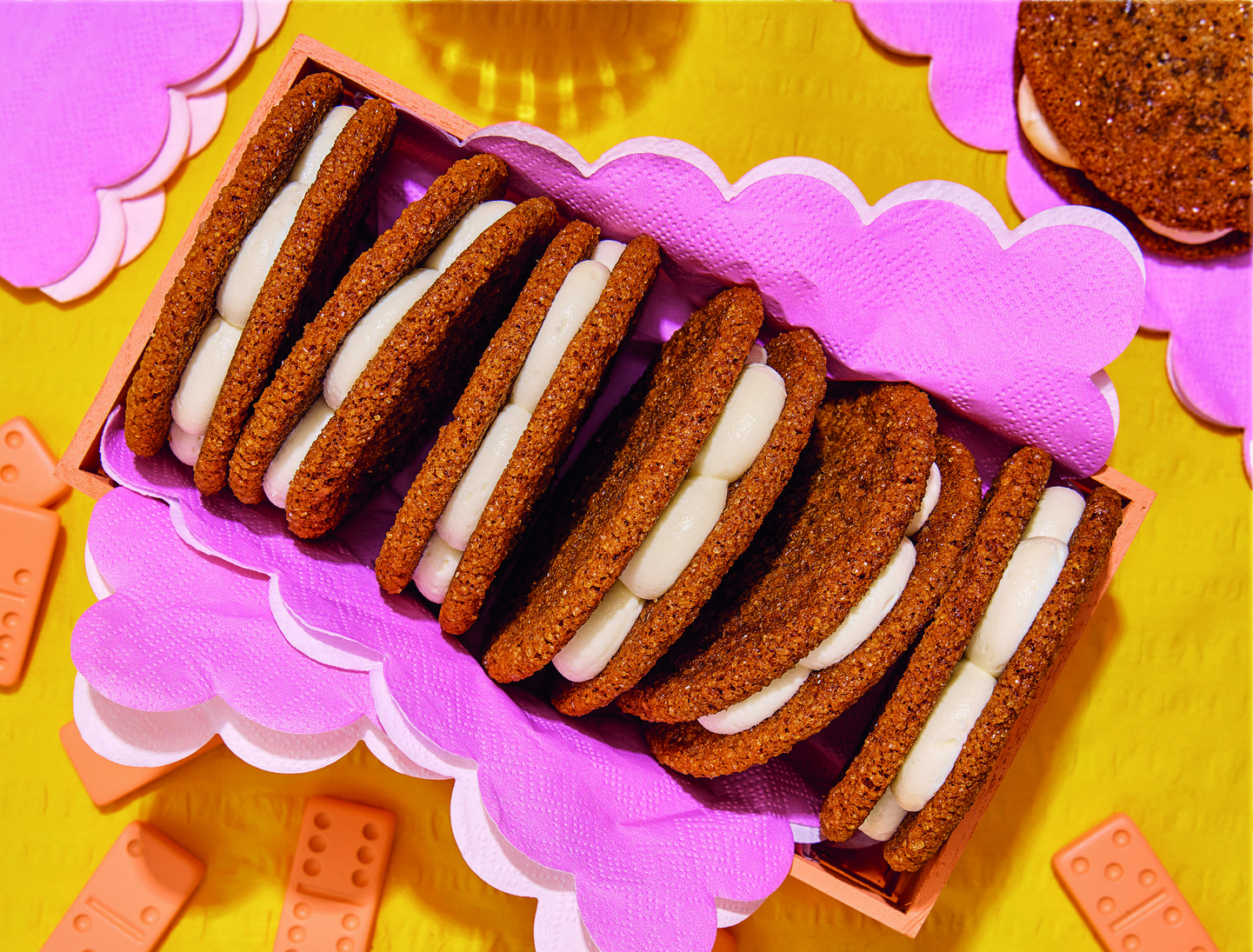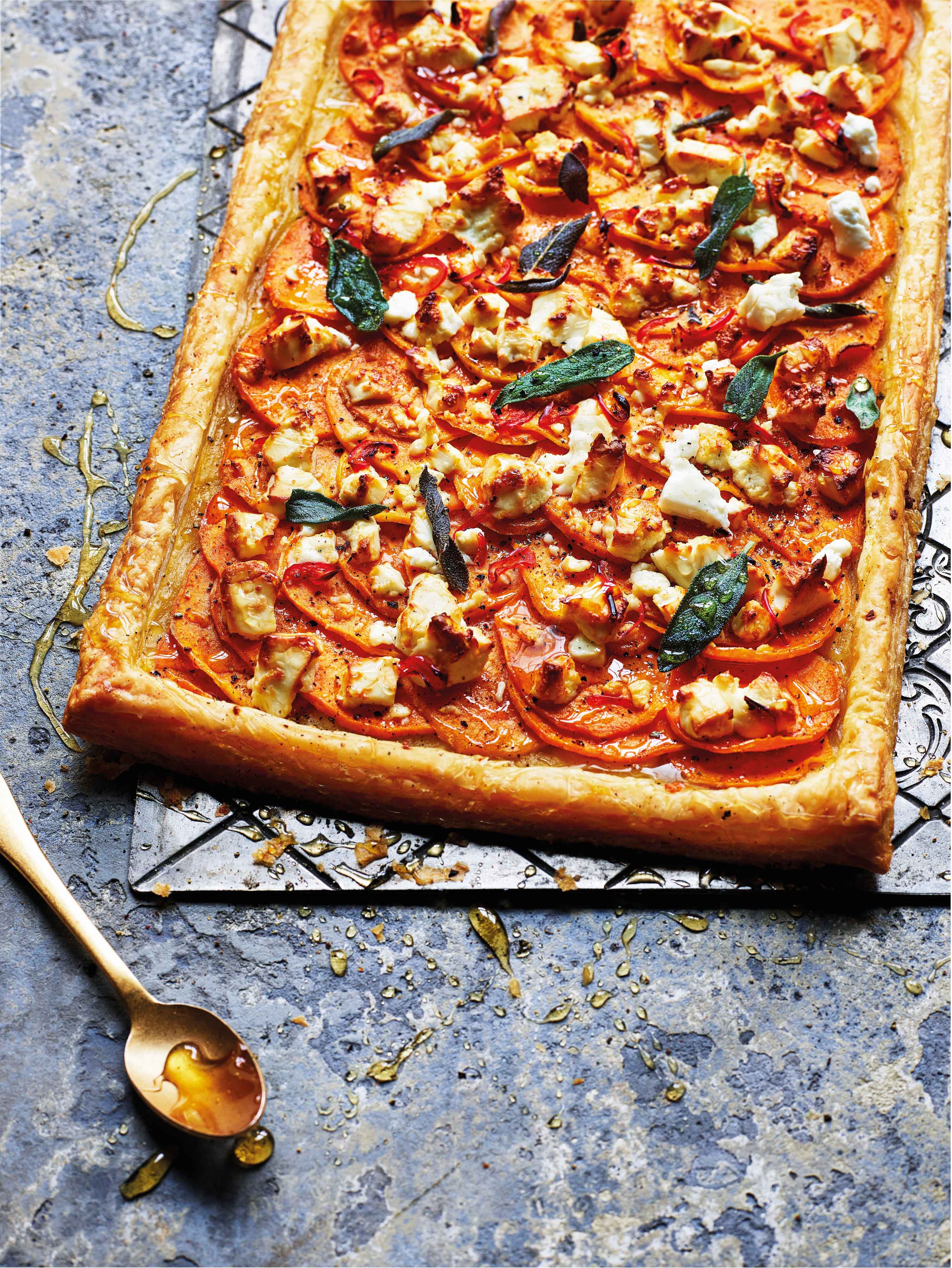Traditional Mince Pies
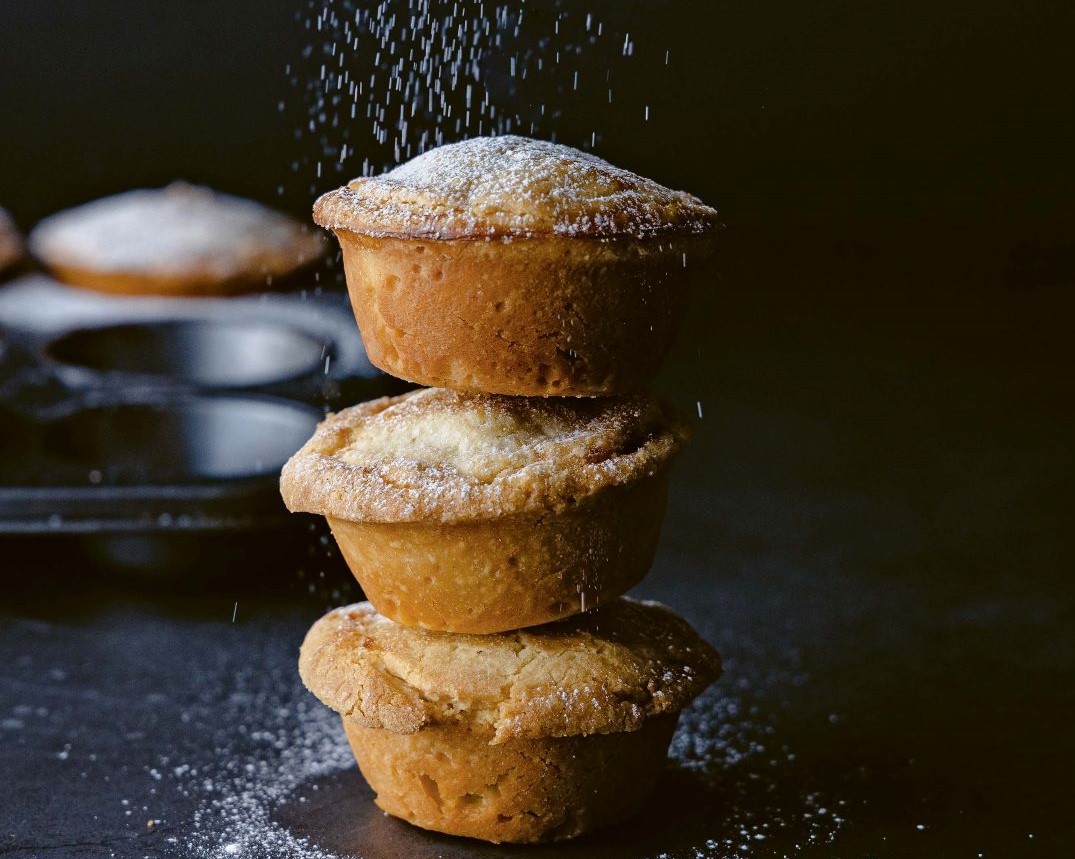
The ultimate festive treat, traditional British mince pies are a delicious mixture of buttery pastry and sweet, spiced mincemeat. Eat while still warm from the oven, preferably with a glass of mulled wine
35 minutes, plus 30 minutes chilling prep, 40 minutes cook
Serves 12
Ingredients
375g strong white or plain flour, plus extra for dusting
150g caster sugar
Pinch of fine sea salt
225g cold unsalted butter, cubed, plus extra for greasing
1 egg plus 1 egg yolk
1 x quantity delicious homemade mincemeat, to fill (follow the link under 'Serve this with'
1 egg, beaten, to glaze
2 tablespoons Demerara sugar
Method
Place the flour, caster sugar and salt into a mixing bowl and whisk to combine. Add the butter and rub it in with your fingertips. It’s important to use very cold butter to prevent it melting into the flour. Shake the bowl from time to time to bring the remaining lumps of butter to the surface and continue rubbing in.
Once you have achieved breadcrumb consistency, add the egg and yolk and bring the pastry together to a rough dough.
Turn the dough out onto the work surface and gently bring it together, giving it a few gentle folds to ensure all of the ingredients have been incorporated. Roll the dough into a ball and flatten a little into a disc. Wrap in baking paper and chill in the refrigerator for 30 minutes.
Preheat the oven to 180°C/Fan 160°C/Gas 4, and butter and flour a 12-hole muffin tray. Remove the pastry from the refrigerator and let it soften a little.
Roll out the pastry on a lightly floured work surface to 4–5mm thick. Remember to give the pastry quarter turns as you roll it, dusting your work surface with extra flour to ensure the pastry doesn’t stick.
Cut out 12 circles for the base of the pies with a 10cm round pastry cutter and 12 circles for the tops with a 7cm cutter, re-rolling the pastry when necessary.
Line the holes in the muffin tray with the larger circles of pastry, letting them overhang. Spoon about 3 heaped tablespoons of mincemeat into each one and cover with the smaller circles.
Brush the tops of the pies with the beaten egg, then bring up the overhanging pastry around the sides to create a seal around the top of each pie. Sprinkle with Demerara sugar and cut a small slit in the top of each pie to let the steam escape.
Bake for about 40 minutes until golden brown.
Leave the pies in the tray for 5 minutes, then remove carefully, releasing them all the way around first with a small knife. Place on a wire rack to cool, although they are best served warm or immediately.
Recipe taken from Bread Ahead: The Expert Home Baker by Matthew Jones (Hardie Grant, £26) Photography: Matt Russell
Visit websiteMore recipes to try
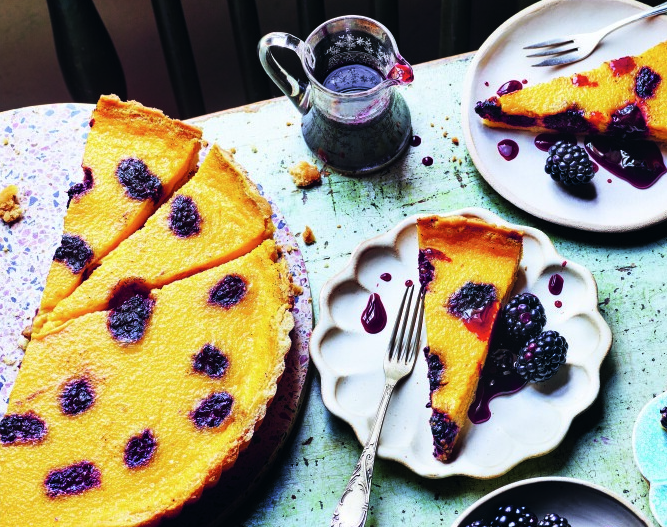
20 minutes plus chilling time
Serves 6-8 slices
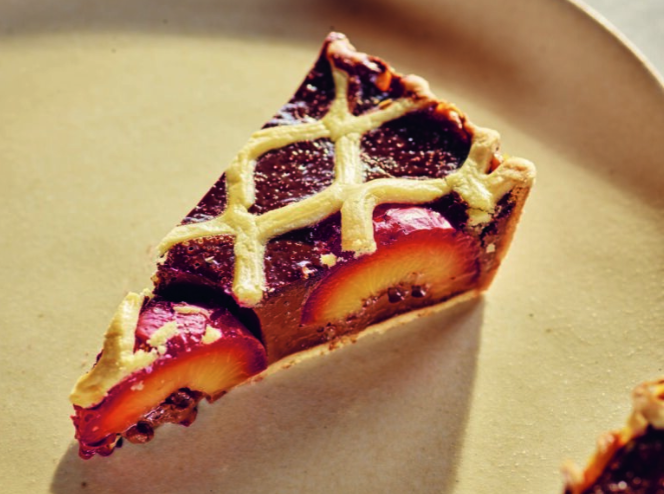
30 minutes
Serves 6-8
Great British Food Awards
Tasting videos

3 of the best biscuit and tea pairings
Treat yourself by discovering three decadent ways to match award-winning biscuits with tea
